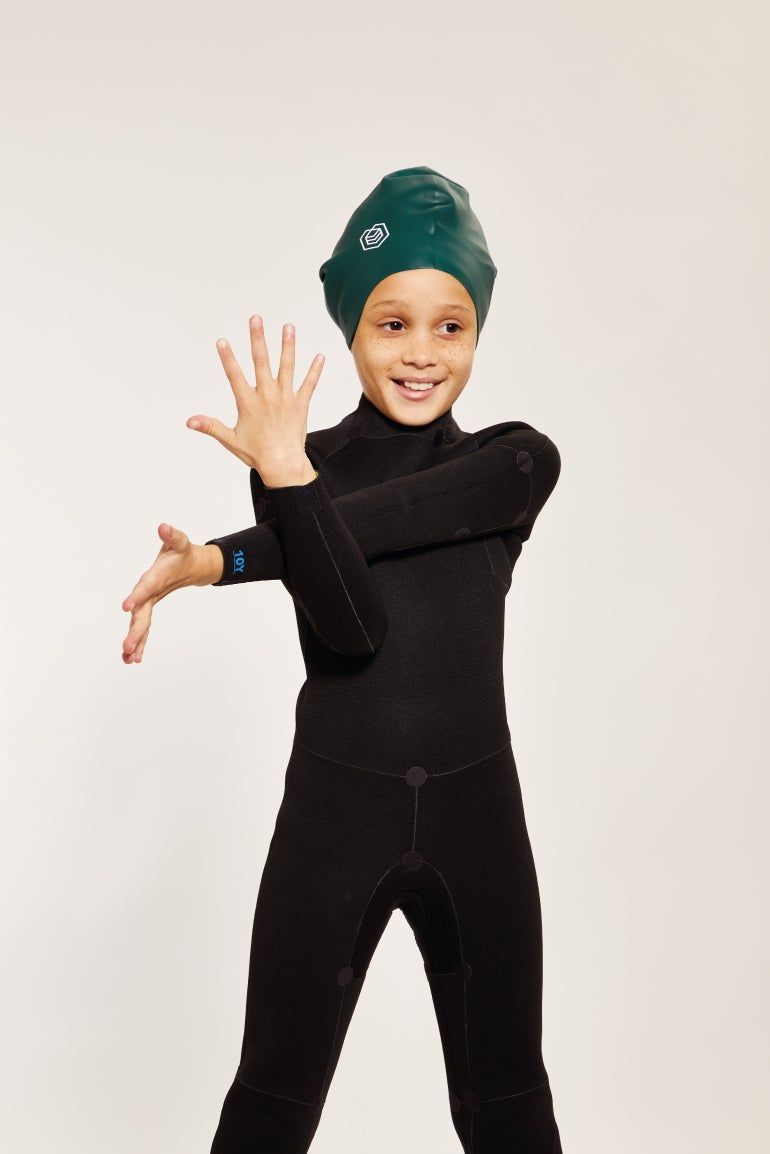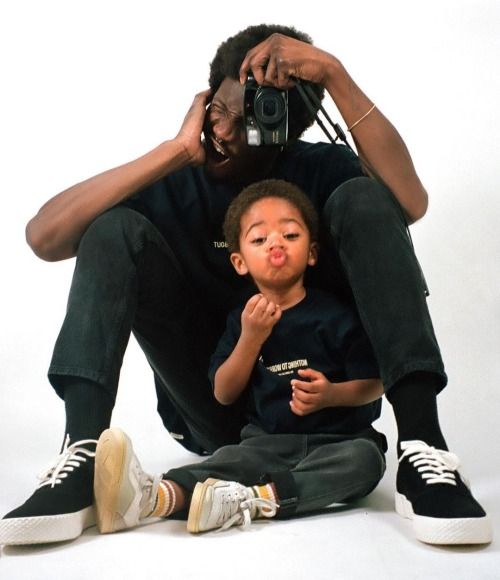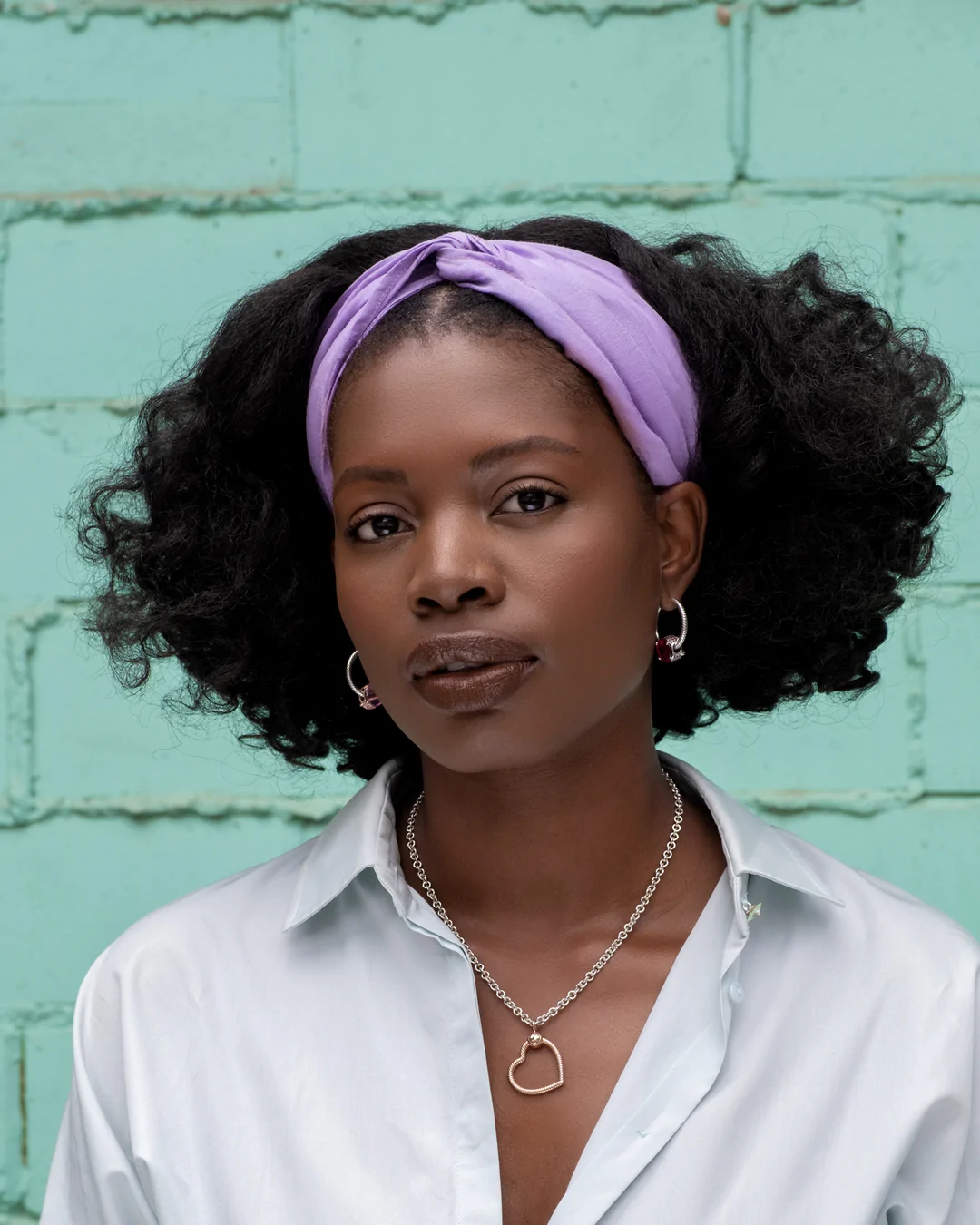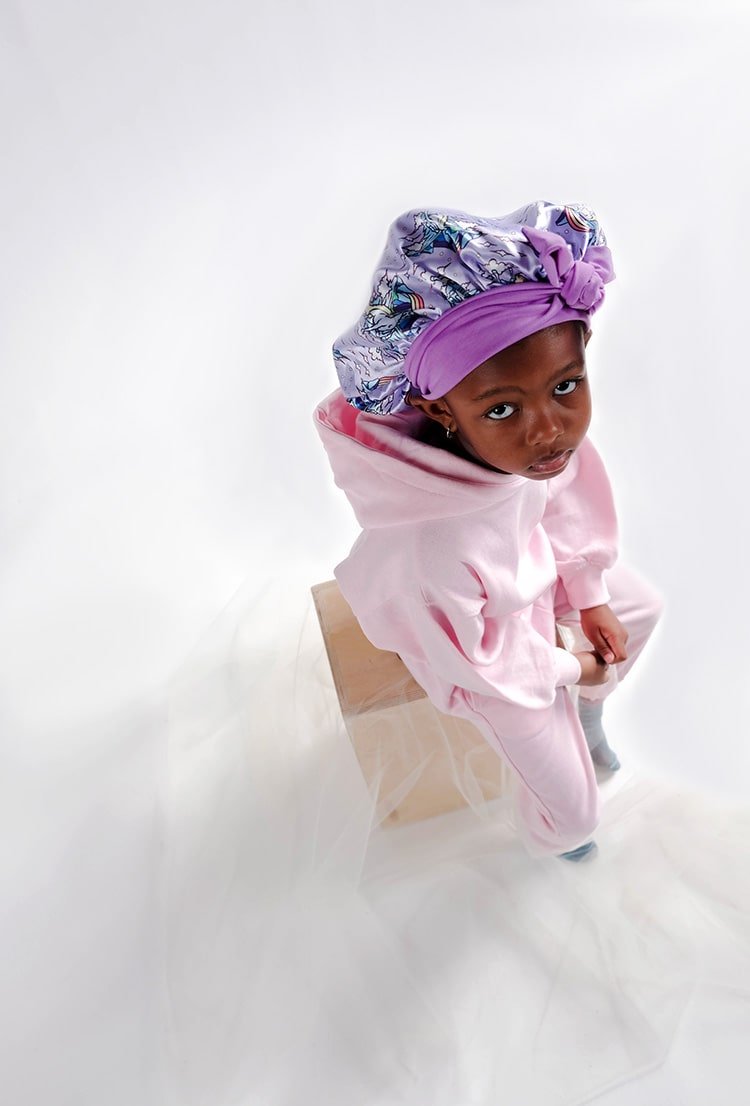Best Children's Hairstyles for a Swim filled Summer

If the heat isn't an indication - summer is officially here. For many of us, that means event-filled calendars consisting of summer camps, birthdays, and family vacations. If you intend for your child(ren) to swim during the hot summer months, it's essential to understand and know how to protect their hair from chlorine damage to maintain optimal health. Read on to learn Our Top 6 Recommended Hairstyles for a Swim Filled Summer.
What is Chlorine
Depending on your location in the world and how frequently you wash your hair or participate in pool activities, you are likely exposed to Chlorine daily through tap water. Chlorine is a corrosive chemical most commonly found in swimming pools and cleaning products to kill bacteria. The difference between the amount of Chlorine in our tap water and that of a swimming pool is significant. Research shows the Chlorine in our showers and tap water is not substantial enough to cause a problem in our daily activities. Although effective in its purpose, Chlorine can damage and weaken the hair through frequent exposure.
How Chlorine weakens your hair?
Chlorinated water dries and weakens your hair by stripping it of its natural oils. Frequent exposure to Chlorine can lead to breakage and increased split-ins and, in some cases, may even alter the color of your natural hair.
Effects of Chlorine on your hair
Swimming pool chlorine is essential to kill bacteria, but it can seriously damage your healthy hair if you're a frequent pool swimmer. Chlorine strips the natural oils (sebum) your body produces to protect your hair. In addition to irritating your skin and scalp, Chlorine causes your hair to:
- Crack and split
- Strip your hair's natural moisture
- Change the natural hair color (or dyed hair color)
- Weaken, leading to split ends
Different hair types are more susceptible to chlorine damage in comparison to others. Among these types are drier, thin, and chemically treated hair.
Prep before you Swim
To reduce the effects of Chlorine on your hair, hair specialists recommend prepping the hair before going for a swim.
Create a Barrier
Creating a barrier between your hair and Chlorine is the best proactive measure you can make to reduce the impact and effects of chlorine exposure significantly. To create a barrier, you would wet your hair shaft and apply a small amount of conditioner before going for a swim. The significance behind this practice is your hair can only intake so much water. By allowing your hair to soak up as much clean water as possible, you eliminate the amount of chlorine water your hair can absorb. The conditioner adds moisturizing components and sealant, further creating a barrier.
Detangle
Detangle! Detangle! Detangle! Make sure always correctly detangle your hair before swimming. Our hair stands consist of tiny scales. These scales lie flat when hair is nourished and healthy, but when in contact with minerals and hard water, they stand up, resulting in more tangled and less manageable hair. When hair is not adequately detangled before swimming, you will experience many knots and tangles, resulting in breakage.
.
The Best Children's Hairstyle for Swimming
As a go-to Protective Styles and Low Manipulation Styles are ideal for Swim filled Summers. Chlorine is equally damaging to all parts of the hair; however, as our ends are the oldest parts of our hair, emphasizing protecting them should be a priority. It's best to implement hairstyles that make preserving and tucking our ends easy. Keeping this in mind, here are our top 4 Hairstyles to rock for a Swim filled Summer.
Twist
Twists are quick and easy hairstyles to incorporate and maintain when preparing for a swim-filled summer. The parting technique typically used when doing Twists makes them great as hair is detangled, which is excellent for preventing tangles. Additionally, the parting associated with a twist will aid in washing and shampooing after a long day at the pool. Avoid doing one Twist in your hair, as that's not the best approach to prevent tangling. You should place at least two twists resulting in a part in your child's hair, whether flat or two-strand, to prevent hair from becoming tangled.
Braids/Platts
Braids are probably the most common hairstyle parents seek out when they know their child will attend the pool all summer. Similar to Twist, the parting needed to achieve many braid styles is what makes them best for swimming. If possible, it's best to avoid braiding extensions when you know your child will be swimming throughout the summer. Extensions are known for adding stress to the hair and weakening hair. With already weakened hair, introducing Chlorine to the mix isn't ideal. Again, it is recommended rather than doing one braid. The hair is parted into multiple sections to ensure minimal tangles.
Ponytails
Ponytails are not the ideal hairstyle for swimming, as they are prone to tangles; however, they make a great hairstyle alternative when on a tight schedule. Placing a quick and loose Ponytail into your child's hair and twisting or braiding to the ends would be our recommendation. Get creative.
Buns
As mentioned above, our ends are our hair's oldest and most fragile parts. For this reason, Buns make an excellent swimming hairstyle as ends can be tucked appropriately and secured away. This may not be optimal for genuinely active children in the pool as buns are prone to tangles; however, you can always introduce two or three buns to reduce the risk of hair tangling. Maybe even get more creative and incorporate a braided bun. The goal is to reduce chlorine intake in your child's hair and minimize the risk of tangles.
As you can see, none of the hairstyles mentioned above are groundbreaking. Please keep it simple, and prioritize ease of detangling and washing when determining the best hairstyle for your child when they spend their day or days at the pool or beach.
Swimming Caps
In addition to incorporating the hairstyles mentioned above, don't forget to use a swimming cap. Ultimately a swimming cap will be your best bet when attempting to minimize the effects of Chlorine. In recent years, more swimming caps have been developed specifically for the volume of Textured hair to ensure our locks are adequately secured and protected from water.
Sourcing a Swimming Cap
When sourcing a Swimming Cap for your child, you want to ensure whichever cap you select doesn't place too much tension around the temples, as this is a fragile area of hair. The swimming cap should be tight enough to remain on during your child's swim duration but not too tight to leave an impression or lines.
After the Swim
It's best to wash your child's hair at your earliest convenience to remove Chlorine and bacteria soaked up by their strands. You'd want to abide by your standard hair care regimen with a few adjustments. For the most thorough wash, wash your child's hair with a clarifying shampoo. There is even specific Shampoo designated for removing Chlorine. Co-washing is an alternative option as well. Keep in mind, Shampoo and Chlorine strip moisture from the hair. You want to restore the moisture in your child's hair by following up with a moisturizing Conditioner and a moisturizing Shampoo to introduce moisture back into the hair.
For the natural and curly hair folks - or just anyone with hair prone to dryness, it's easy to become overwhelmed with the pre-care and after-care of one's hair after a day or summer at the beach or pool. We hope the tips above help in the process.
We'd love to here from you. Share your tips and tricks below!




Comments